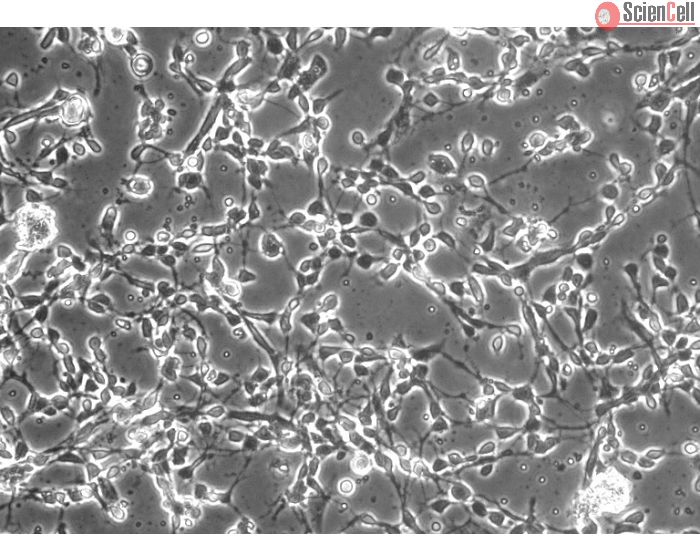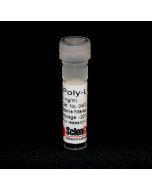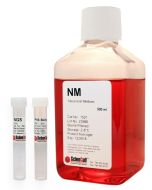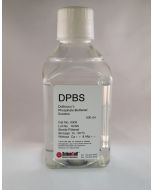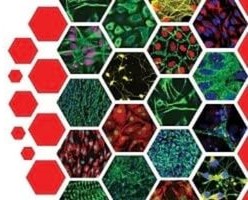Mouse Neurons-ventral spinal cord from CD1
Catalog No.
M1570
Isolated from embryonic day 14 CD-1 mouse spinal cord. MN-vsc are cryopreserved at P0 and delivered frozen. Each vial contains >1 x 106 cells in 1 ml volume.
$497.00
Out of stock
